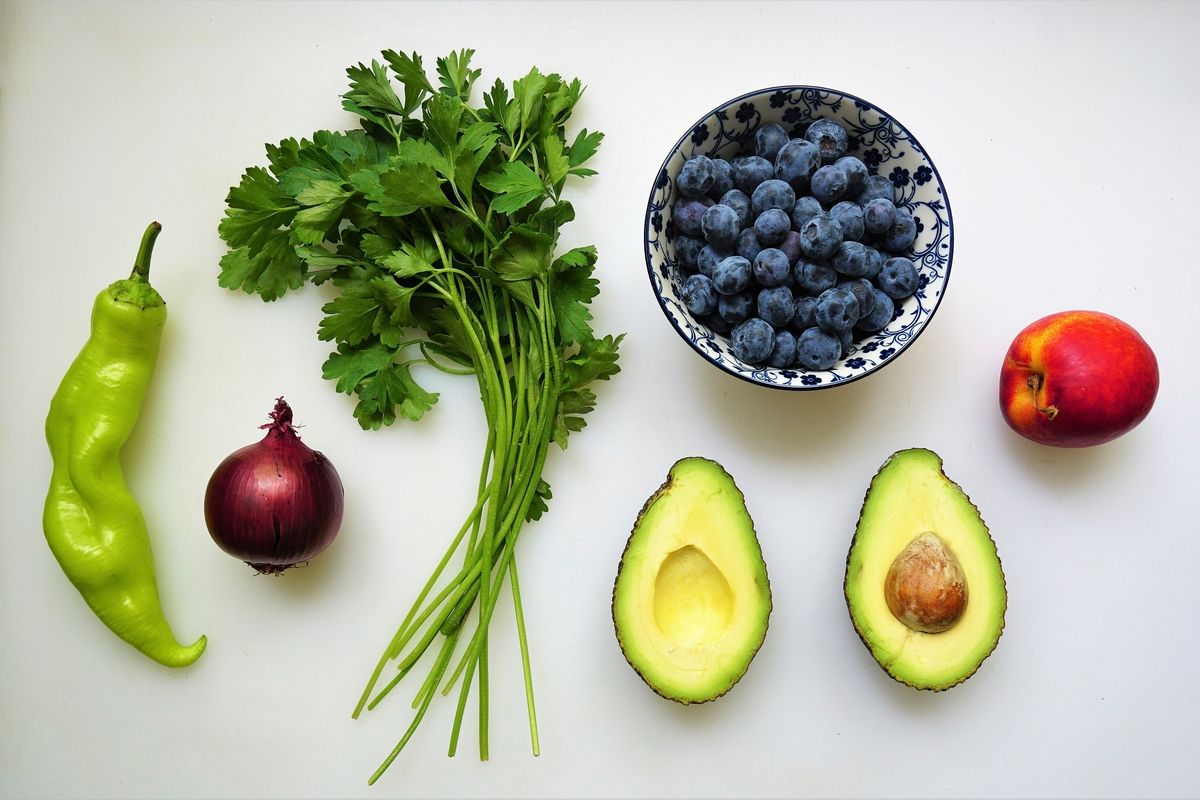
"Surviving the Triple Threat: Flu, COVID-19, and RSV Be damned!"
- Dec 12, 2024
Welcome to winter, the time when coughs, sore throats, and stuffy noses become your most loyal companions. Welcome to the season when you’re battling not just chilling winds but the cunning trio of influenza, COVID-19, and respiratory syncytial virus (RSV).
According to the experts at CDC, as of the week ending Nov. 23, flu cases are low, but don't crack open the champagne yet, the flu season hasn't peaked and the COVID viral activity is lying low, recovering from a summer hangover. The flu visiting season typically lasts between December and March, occasionally overstaying till May. Whereas COVID, the impolite guest, pops up randomly but traditionally throws a bigger party in late December or early January.
Let's dive into the fascinating world of flu, COVID, and RSV trends. Remember, folks, these trends are as volatile as Bitcoin – always changing with new data.
The CDC knows the flu like your mom knows when you're trying to avoid her calls – reporting doctor’s visits for fevers combined with a cough or sore throat. This tally also includes other respiratory party-poopers like RSV and the common cold. For the week we’re dissecting, laboratories tested 44,867 specimens for flu. Of these, 2.5% people will need chicken soup, with influenza A stealing the limelight.
Flu patterns can sway depending on the types of flu strains making the rounds and your actions. Wearing masks and maintaining social distance during the COVID-19 pandemic are manners we should all adopt during flu season.
Another big influencer for flu patterns? Vaccination. As unglamorous as it may be, getting your annual flu jab is a great way to ward off the flu and prevent hospital trips and potential health complications. Especially important for those more at risk, like tiny tots, older adults, and anyone with a less than stellar immune system.
Meanwhile, we have the CDC acting like a hawk, monitoring bird flu among humans, which isn't spreading like wildfire nor spreading from person to person just yet. For now, it's more of a concern for our fellow farmworkers.
The CDC has tossed its COVID case counting in favor of tracking hospitalizations, deaths, and virus levels in sewage. Lovely. For the week we're discussing, COVID-19 hospitalizations dipped very slightly from 1.7 to 1.4 per 100,000.
We know you're itching for the most up-to-date COVID stats and vaccination rates. Those are yet to come, in line with flu vaccination reporting. Until then, the CDC advice remains - get both your flu and COVID jab.
And what about RSV? It's not on the CDC’s current list of Nationally Notifiable Diseases like COVID and flu, but that doesn't mean we can ignore it. As of Nov. 1, hospitals are required to report data on RSV. This data lumps in nicely with everything the CDC already collects. Presently, RSV activity is increasing across some regions, especially in young children. However, actual RSV case levels remain low.
RSV vaccination is recommended for all older adults but uptake so far this year has been less than impressive. If you're 75 or older or between 60-74 with high-risk conditions, you should consider the RSV vaccine.
Lastly, in case you're wondering, the CDC no longer tracks individual state COVID case counts. It's now all about "early indicators," like positivity rates and the % of ER visits with a COVID-19 diagnosis.
And, of course, COVID variants continue to make appearances as viruses do; adapting and changing over time. So long as you're up to date with your COVID vaccines, you're stacking the odds in your favor. Stay tuned for the most recent updates on these irritating respiratory viruses. Hit up our news page for more information.






